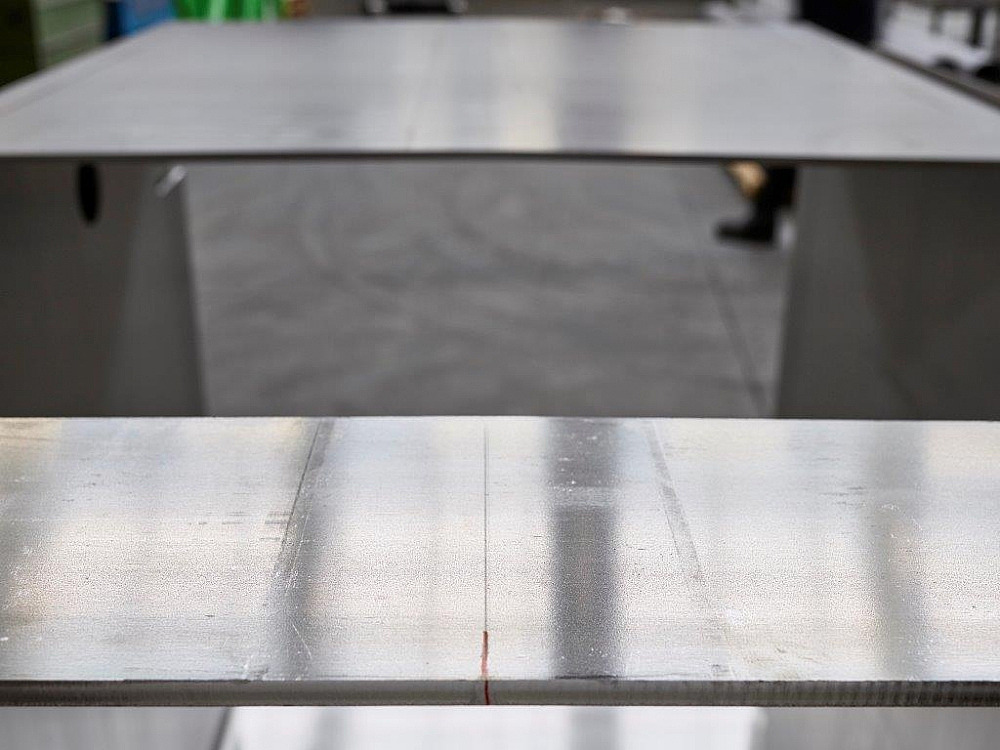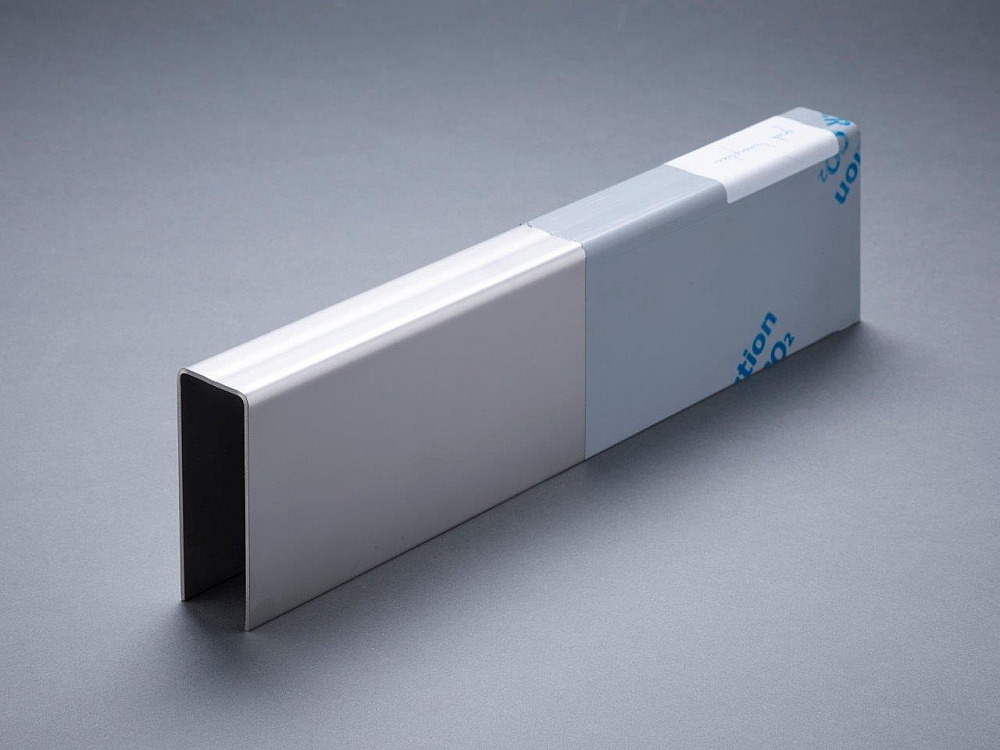Intermediate bend
An intermediate bend expands the technical possibilities of bending. If the legs of a bent plate are too long compared to the base, the piece can only be bent by using an intermediate bend. A line will then be visible in the middle of the base due to this intermediate bend. Functionally, this is usually not a problem, but aesthetically it can be less appealing. Also, if there are holes in the base of the U, using an intermediate bend becomes more challenging.


Technical capabilities
Intermediate bend: base width minimum 15 mm – legs max 150 mm high (consider the plate thickness, e.g., a 4 mm plate cannot be bent with a 15 mm flange). For more information, please refer to the following link.
-
Intermediate bend: base width minimum 30 mm – legs max 175 mm high (consider plate thickness).
-
Intermediate bend for legs higher than 175 mm: take a base width of at least 75 mm – one flange max 1200 mm high – the other flange is in principle unlimited.